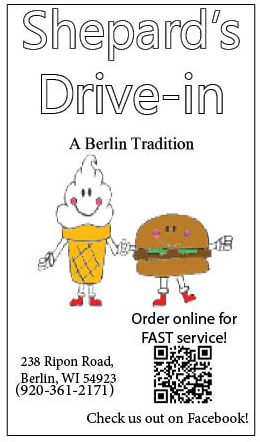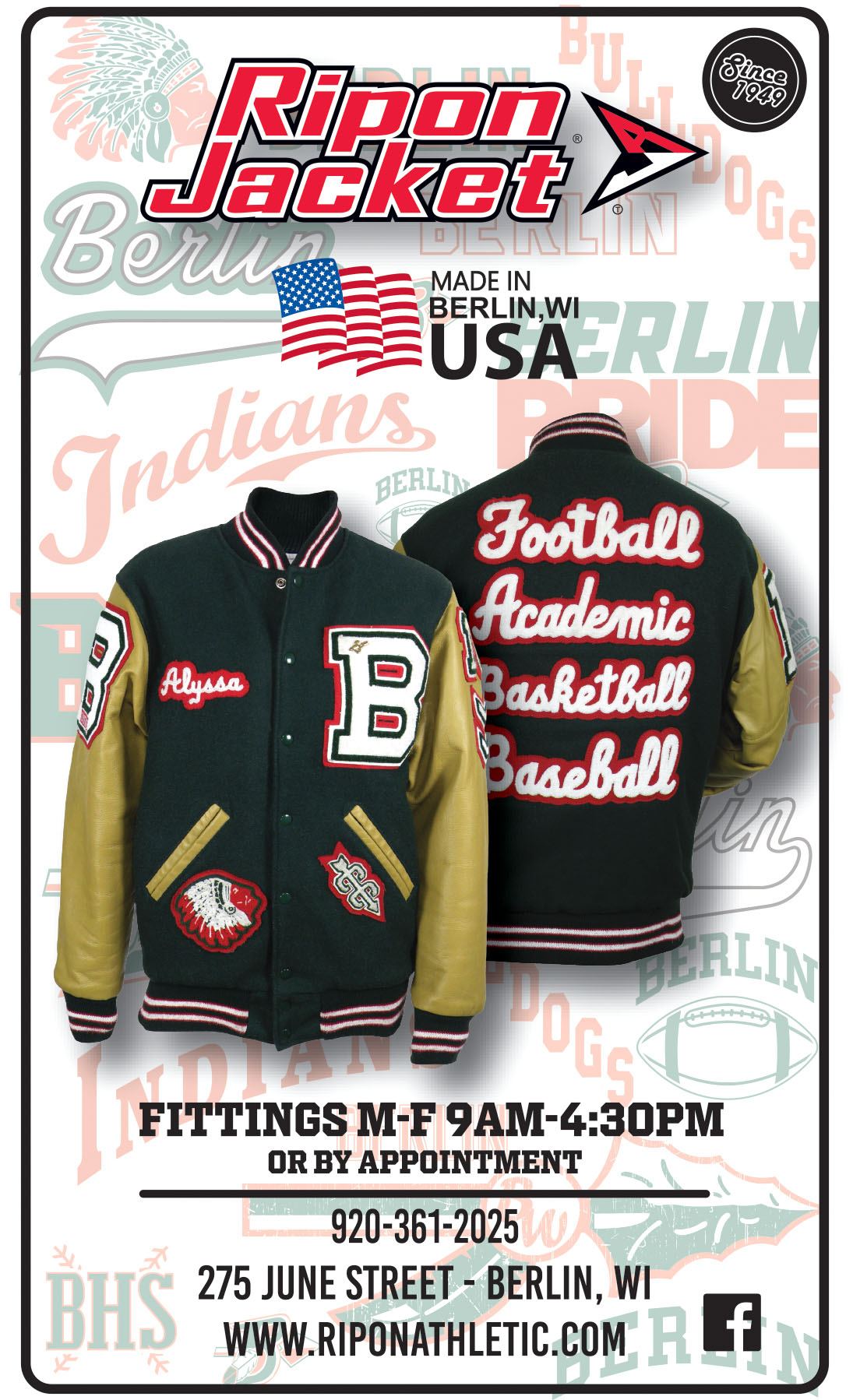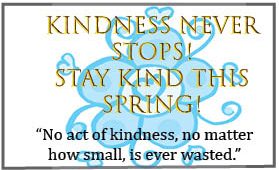Rube Goldberg wins 3rd place
April 23, 2021

Science teacher Paul Bell’s physics class competed for a spot in the Rube Goldberg competition. The class was split into two teams of eight and nine who then designed and built a machine based on a given theme.
“This year students must complete a final task that is left up to their own interpretation based on the theme of Driving Change Through Transportation,” Bell said.
The winning team was then selected to go to the actual Rube Goldberg competition that was hosted virtually on Friday, April 16.
“Each team had a designated time throughout the day, and they had a video that they recorded that walks you through their machine,” senior Brody Roost said. “On the actual day of, each team came on virtually and present their machine and virtually have it run, they tried to make it feel as in person as possible,”
Berlin’s team took third place, and won an award for their machine’s design.
“We won third place which got us $200, and then we won a risk award which means we got an award for having the riskiest step in our process so that was another $150, so we ended up winning $350,” senior Sam Petroszak said.
Berlin’s third place finish was especially exciting to the team after a number of problems plagued their machine.
“We really did not think we were going to win. We did four or five trial runs, [and] we were one for five, on the first four. We had to keep assisting the machine to get to the final, but the last one we had to show to all the other teams worked, and we were a little too excited so we were in the group room screaming and shouting,” Petroszak said.
In addition to fitting the theme, each machine also had to fit a number of other design criteria.
“We had to have a minimum of 15 steps, and in those they need an engineering, chemistry, and electrical step, and a bunch of other steps that fall under the broad horizon of transportation,” Roost said.
While the theme and requirements may seem simple, a lot of effort went into the design and building of the machines.
“Basically, we got a prompt based on driving through change, so our first step was a tire, and obviously tires do not decompose well so they kind of build up,” Petraszak said. “I think it was our fourth step, which was a car, which was kind of our idea. We went from mass transportation like trains or busses to all individual, then to a rocket ship for how expensive the high quality fuel is.”
The teams’ machines were rated on a variety of criteria including the design of the machine itself, and the team’s building progress.
“The teams are rated based on many factors. To keep it simple they are rated on the Teams Journal that catalogs their progress throughout the building process. They are scored on the presentation of the machine itself, and finally the machine design and operation,” Bell said.









